Finlarig Castle: Highland Power, Clan Politics, and the Shadows of Justice
On the northern edge of Killin, where Loch Tay stretches like a silver ribbon through the heart of Perthshire, the ruins of Finlarig Castle stand silent and brooding. Surrounded by ancient trees and steeped in centuries of clan intrigue, this 17th-century fortress is one of Scotland’s most enigmatic historical sites. Its crumbling walls whisper tales of noble ambition, outlawed clans, and a chilling relic of Highland justice—the infamous beheading pit.
Whether you’re drawn by its eerie beauty, its ties to Clan Campbell, or its connection to the outlawed Clan MacGregor, Finlarig Castle offers a compelling glimpse into the turbulent soul of Highland history.
🏰 Finlarig Castle: A Seat of Power and Punishment
Finlarig Castle was built around 1629 by Sir Duncan Campbell of Glenorchy, the 7th Laird of Glenorchy and a powerful figure in the Campbell dynasty. The Campbells were one of the most influential clans in Scotland, known for their political savvy, military strength, and extensive landholdings. Sir Duncan, nicknamed “Black Duncan of the Cowl,” was a shrewd and ambitious man who expanded Campbell influence across Perthshire and beyond.
The castle was constructed on a strategic rise near the western end of Loch Tay, overlooking the village of Killin and the River Dochart. It was designed not just as a residence but as a symbol of dominance—a stone statement of Campbell authority in a region long contested by rival clans.
Today, the castle is a ruin, with ivy-covered walls and collapsed chambers. Yet its layout remains visible: a central tower, surrounding courtyard, and remnants of domestic buildings. The site is open to the public and offers a hauntingly beautiful walk through Highland history.
⚔️ The Beheading Pit: Justice or Intimidation?
One of Finlarig’s most notorious features is the beheading pit, located just outside the castle walls. This circular stone-lined pit is believed to have been used for executions—specifically for noble prisoners, who were granted the “honor” of beheading rather than hanging.
While some historians debate the pit’s actual use, local lore insists it was a place of grim justice. The Campbells, as hereditary Justiciars of Argyll, had the legal authority to administer punishment, and Finlarig may have served as a regional court. The pit, along with a nearby gallows site for commoners, reflects the stark realities of clan law and feudal power.
Visitors to the site often report a chilling atmosphere around the pit—a reminder that Highland justice was swift, brutal, and deeply symbolic.
🛡️ Clan Campbell: Lords of Loch Tay
Finlarig Castle was a stronghold of the Campbells of Glenorchy, a branch of the larger Clan Campbell. The Campbells were staunch supporters of the Crown and played key roles in suppressing the Jacobite uprisings and enforcing royal authority in the Highlands.
Their dominance in the region was both political and architectural. In addition to Finlarig, the Campbells built Balloch Castle (now replaced by Taymouth Castle) and held lands throughout Breadalbane. Their influence shaped the economy, culture, and governance of Highland Perthshire.
Yet their rise came at a cost—especially to rival clans like the MacGregors.
🏴 Clan MacGregor: Outlawed and Defiant
Just across the glens from Finlarig, the lands of Clan MacGregor stretch into Glen Dochart, Glen Lyon, and Balquhidder. The MacGregors were fierce, independent, and proud of their royal lineage—claiming descent from the ancient kings of Dalriada. But their refusal to bend to Campbell authority led to centuries of conflict.
In 1603, following a violent feud with Clan Colquhoun, the MacGregors were outlawed by King James VI. Their name was banned, their lands seized, and their members hunted. Many were forced to adopt aliases and live in secrecy. The Campbells, as loyal agents of the Crown, were instrumental in enforcing this proscription.
Finlarig Castle, as a Campbell stronghold, became a symbol of oppression to the MacGregors. Though no formal records confirm MacGregor executions at the beheading pit, local tradition holds that clan members were imprisoned—and possibly executed—within its walls.
Despite this, the MacGregors endured. Figures like Rob Roy MacGregor became folk heroes, and the clan’s legacy of defiance remains a source of pride. Today, MacGregor descendants visit Finlarig not in fear, but in remembrance.
⚰️ Who Lies Beneath: The Castle’s Burial Ground
Adjacent to the castle ruins is a small burial ground, believed to contain the remains of several Campbell family members. Among them is Sir Duncan Campbell, the castle’s builder, whose tomb is marked by a worn stone slab. The graveyard also includes other 17th-century markers, some bearing the Campbell crest and inscriptions in Latin.
The site is quiet and overgrown, with moss-covered stones and leaning crosses. It’s a place of reflection—where the ambitions of the past meet the silence of time.
🏘️ Killin: Village of Water and Memory
Just a short walk from Finlarig lies Killin, a picturesque village at the western tip of Loch Tay. Known for the dramatic Falls of Dochart, which tumble through the center of town, Killin is a gateway to the Highlands and a hub for outdoor adventure.
The village has deep historical roots, with connections to both the Campbells and the MacGregors. The Clan MacNab also held lands in the area, and their burial ground on Inchbuie Island in the River Dochart is a popular site for visitors.
Killin offers cozy inns, local shops, and access to hiking trails, loch cruises, and cultural events. It’s a place where history lives not just in ruins, but in community spirit.
Final Thoughts
Finlarig Castle is more than a ruin—it’s a Highland chronicle carved in stone. From the ambitions of Clan Campbell to the defiance of Clan MacGregor, it tells a story of power, justice, and survival. The beheading pit, the burial ground, and the surrounding glens all speak to a time when clan loyalty was life itself—and betrayal could mean death.
If you walk the grounds of Finlarig, pause at the pit, and gaze across Loch Tay, you’ll feel it—that pulse of history, fierce and unyielding. And you’ll understand why, in the Highlands, even ruins refuse to be forgotten.
Sources:
- Historic Environment Scotland: Finlarig Castle
- Clan Campbell Society UK
- Clan MacGregor Society
- VisitScotland: Killin and Loch Tay
- Undiscovered Scotland: Finlarig Castle and Killin
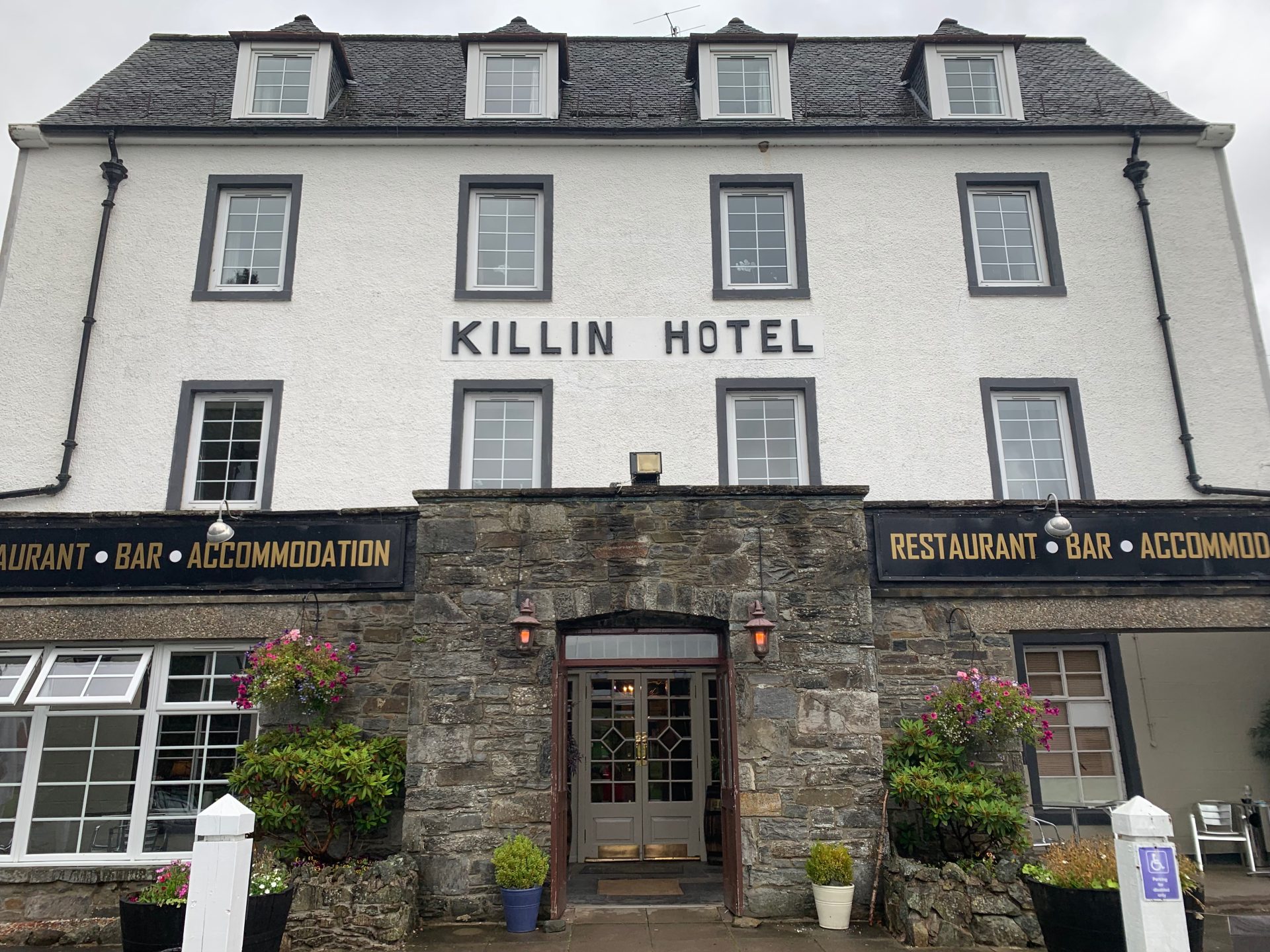
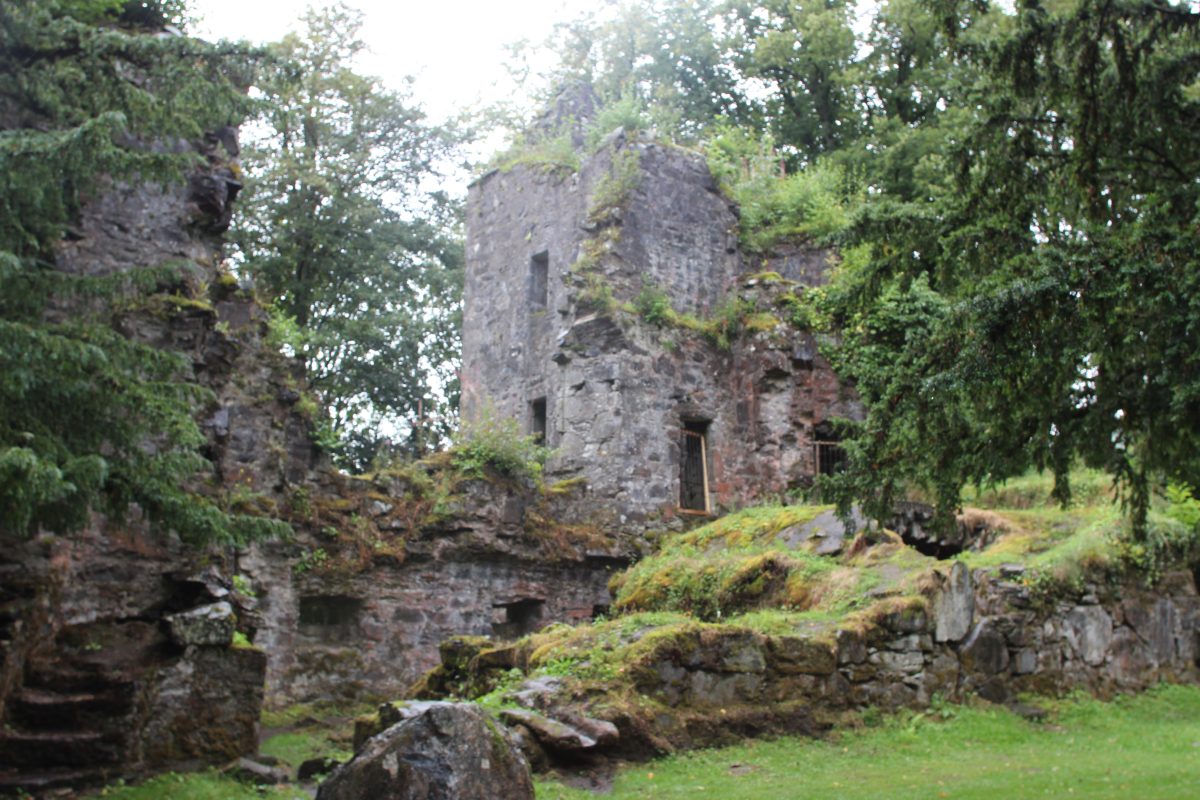
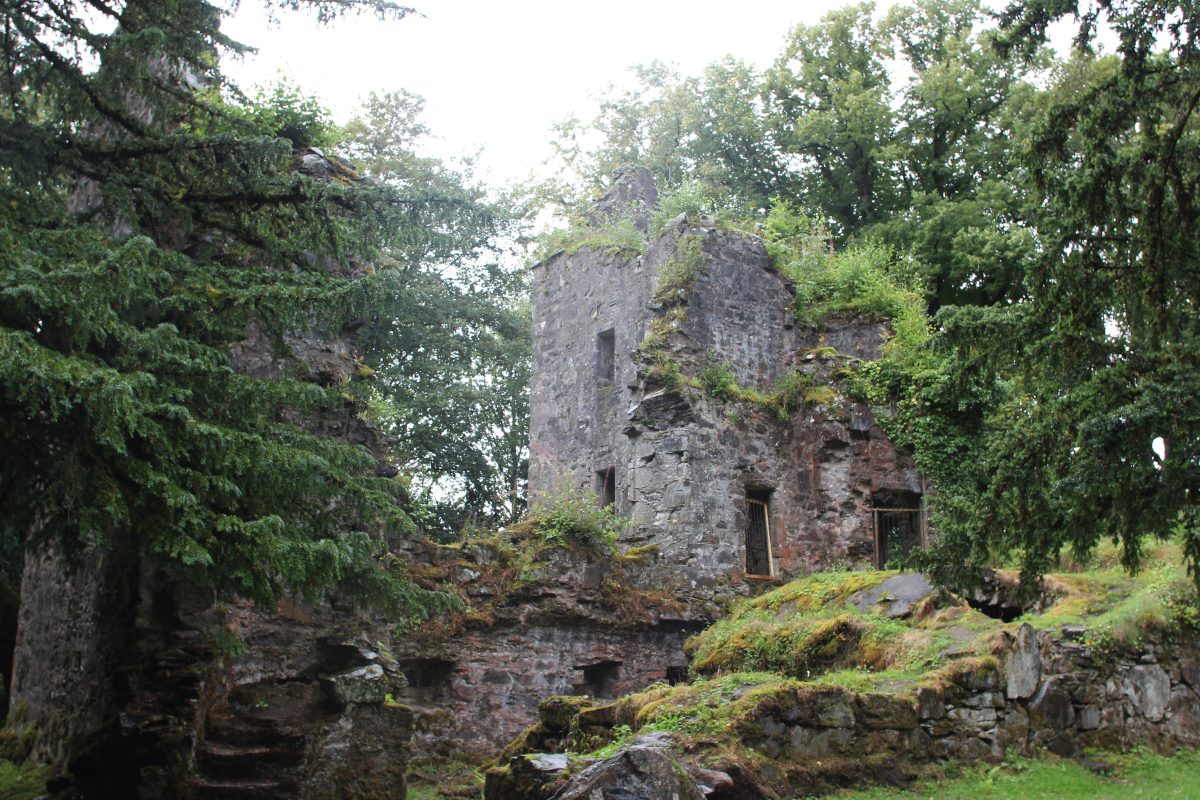
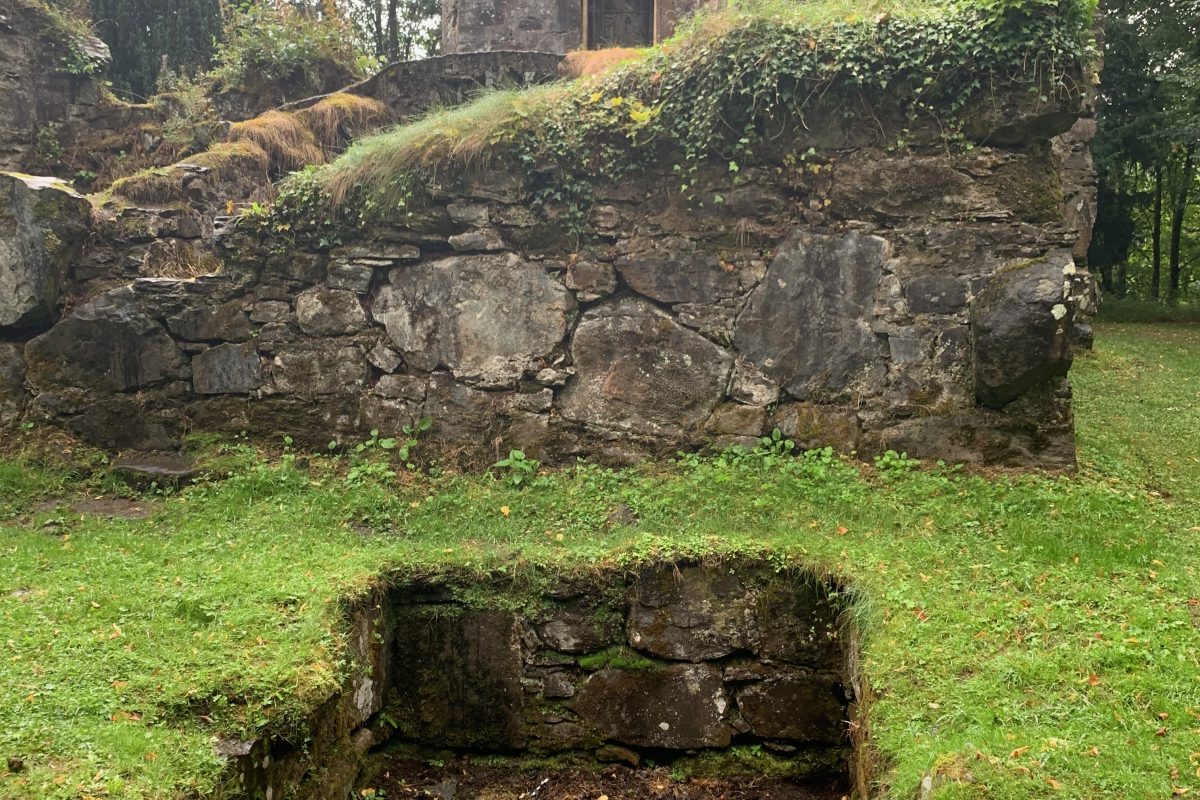
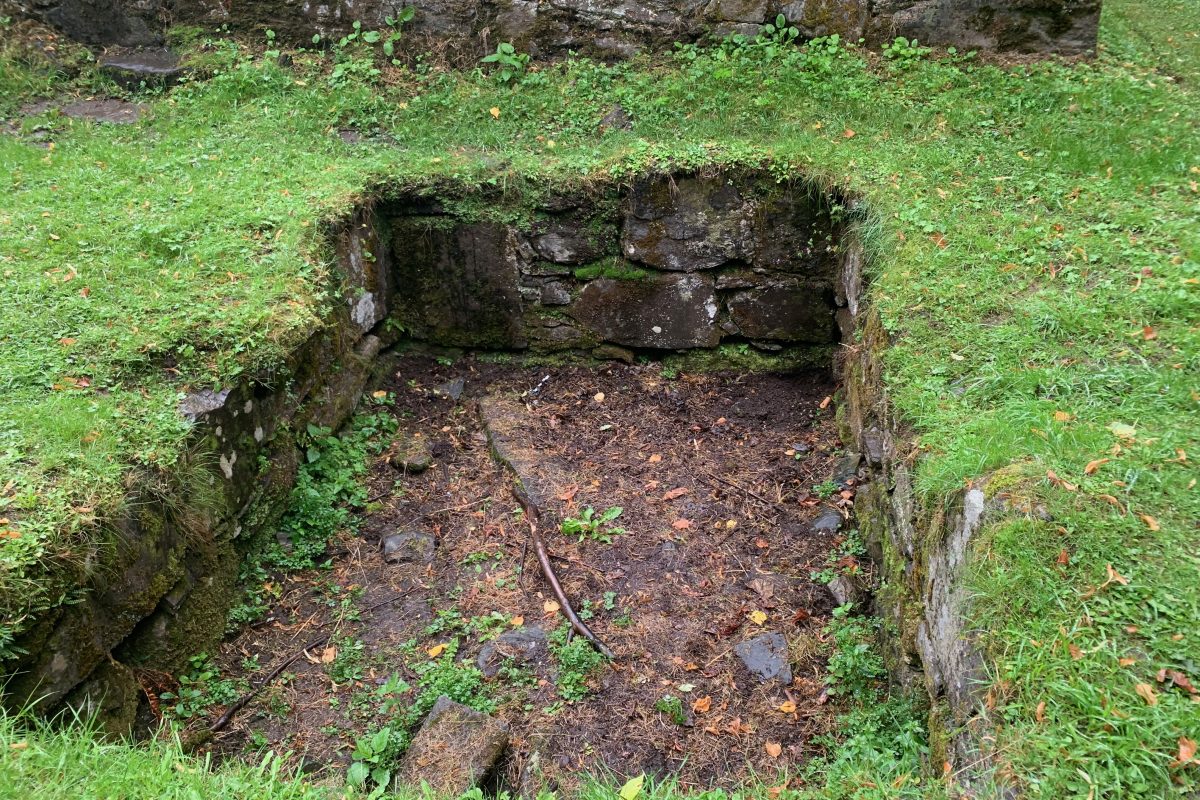
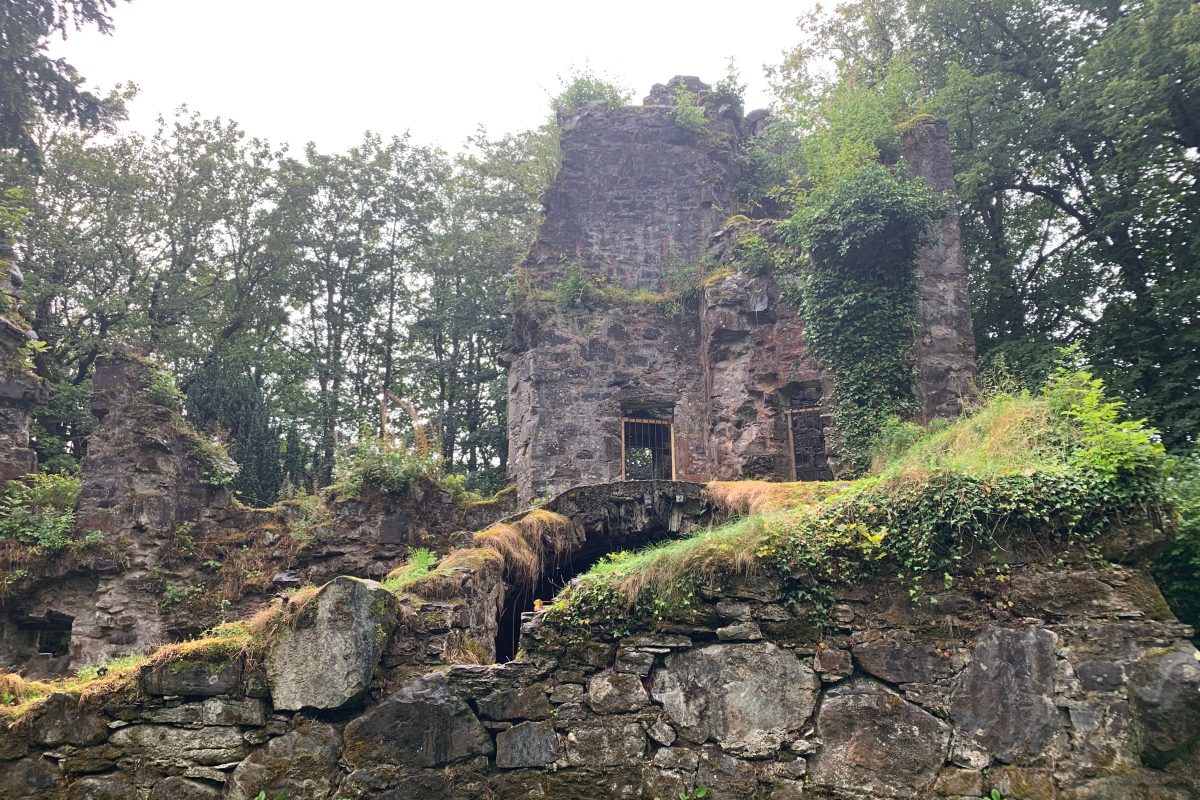
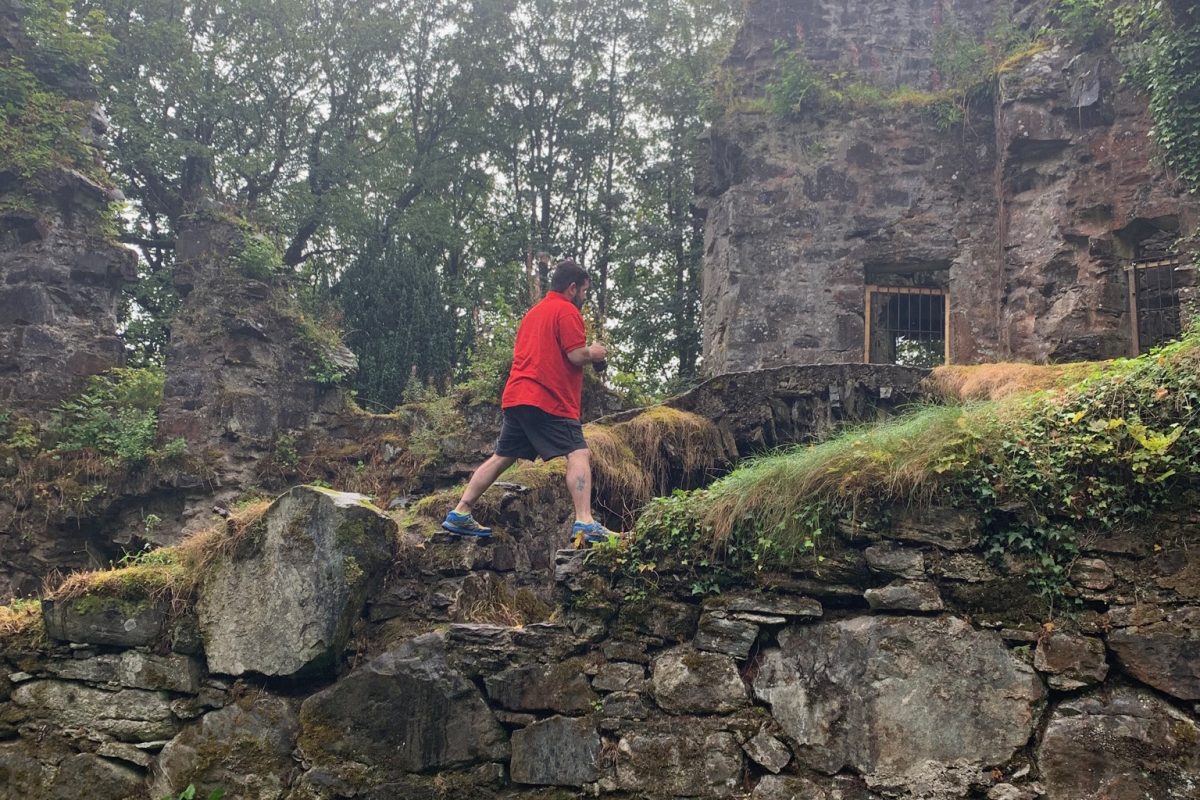
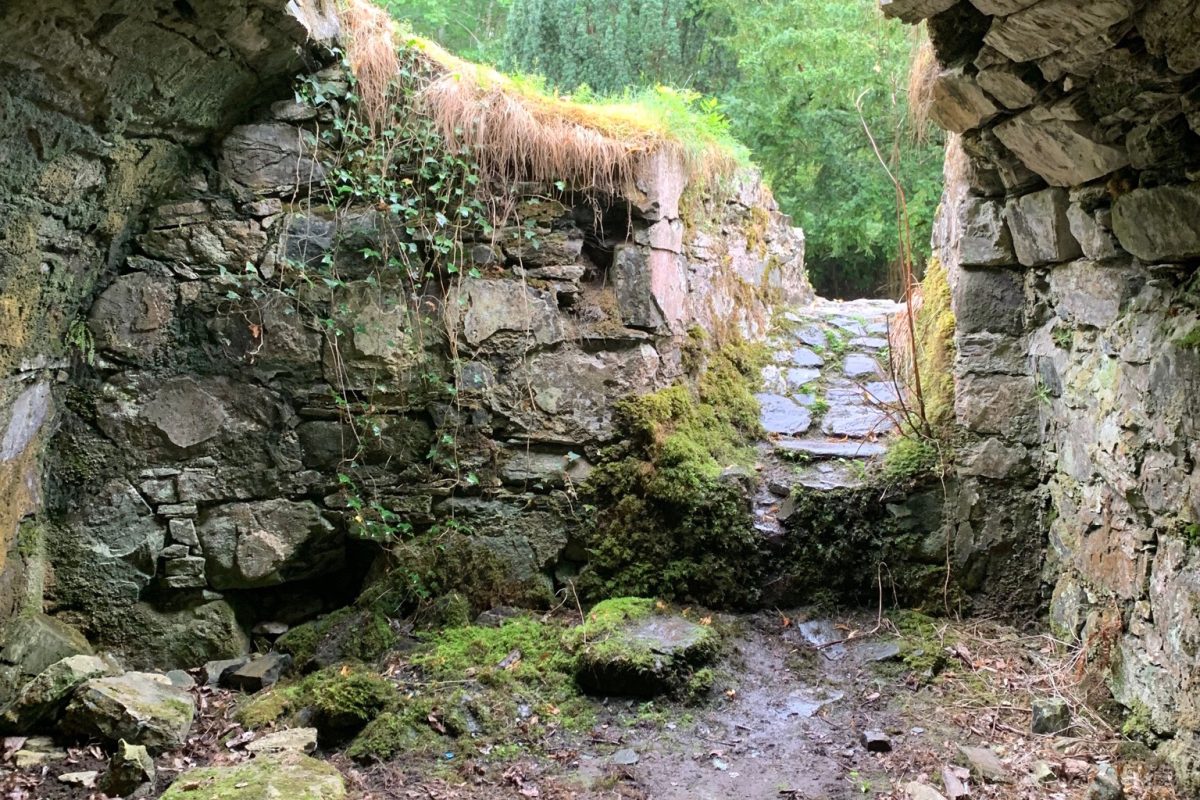
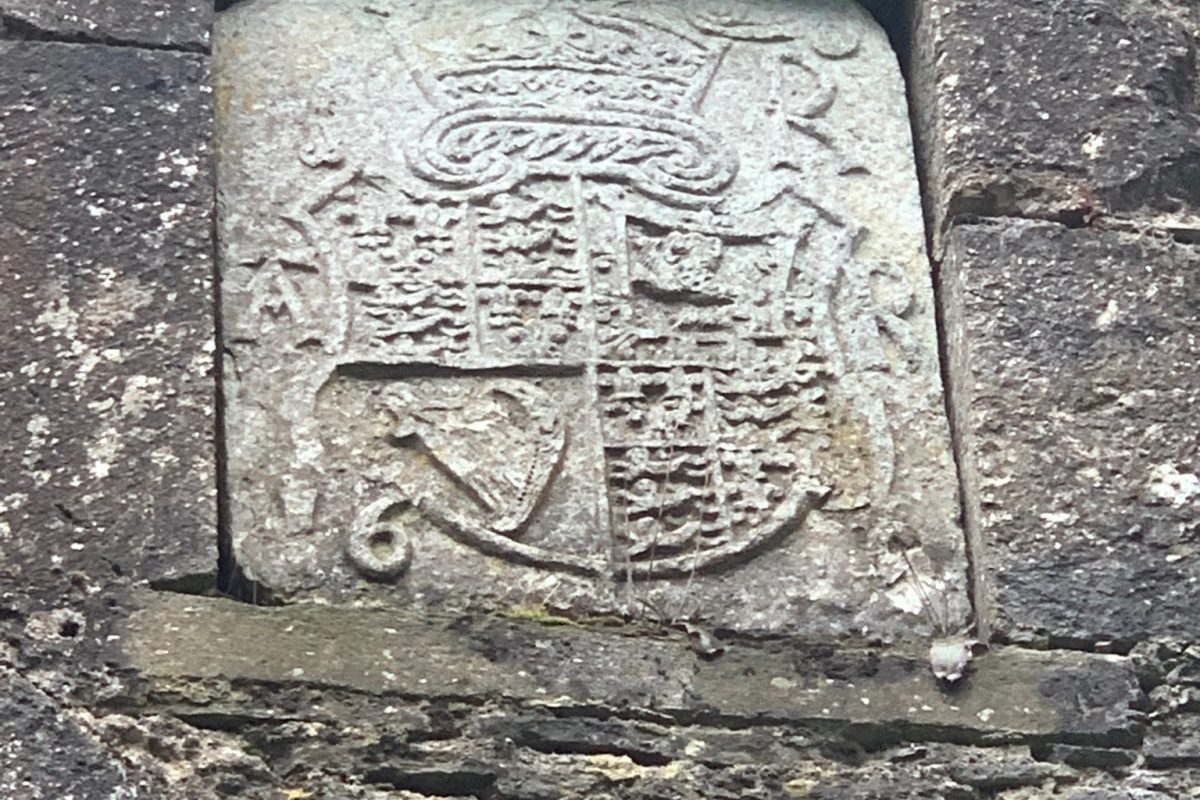
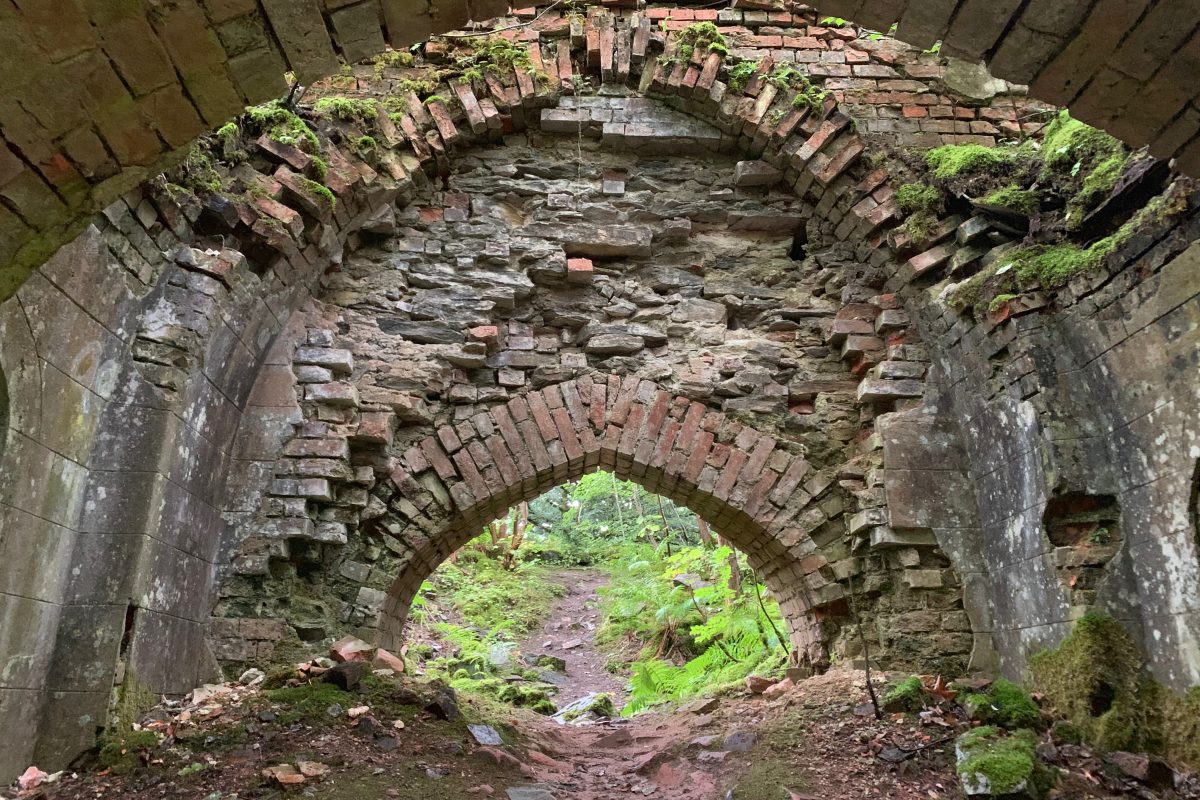
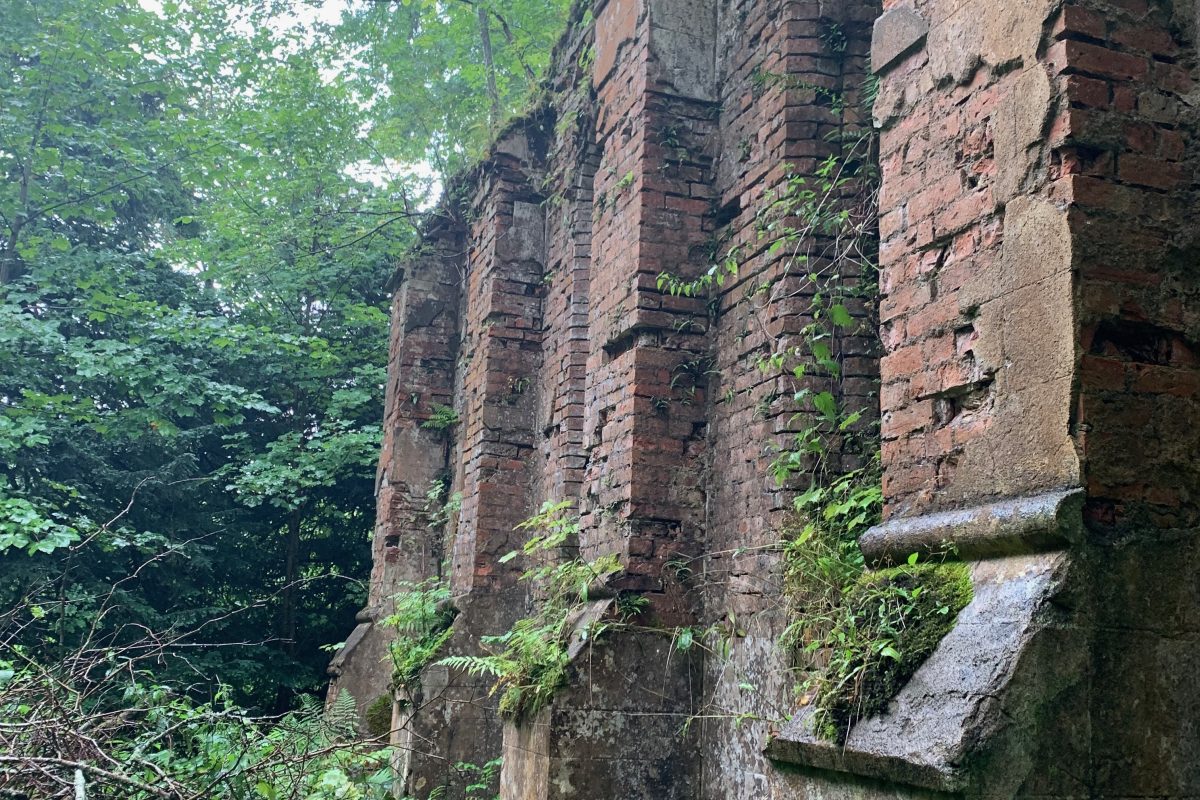
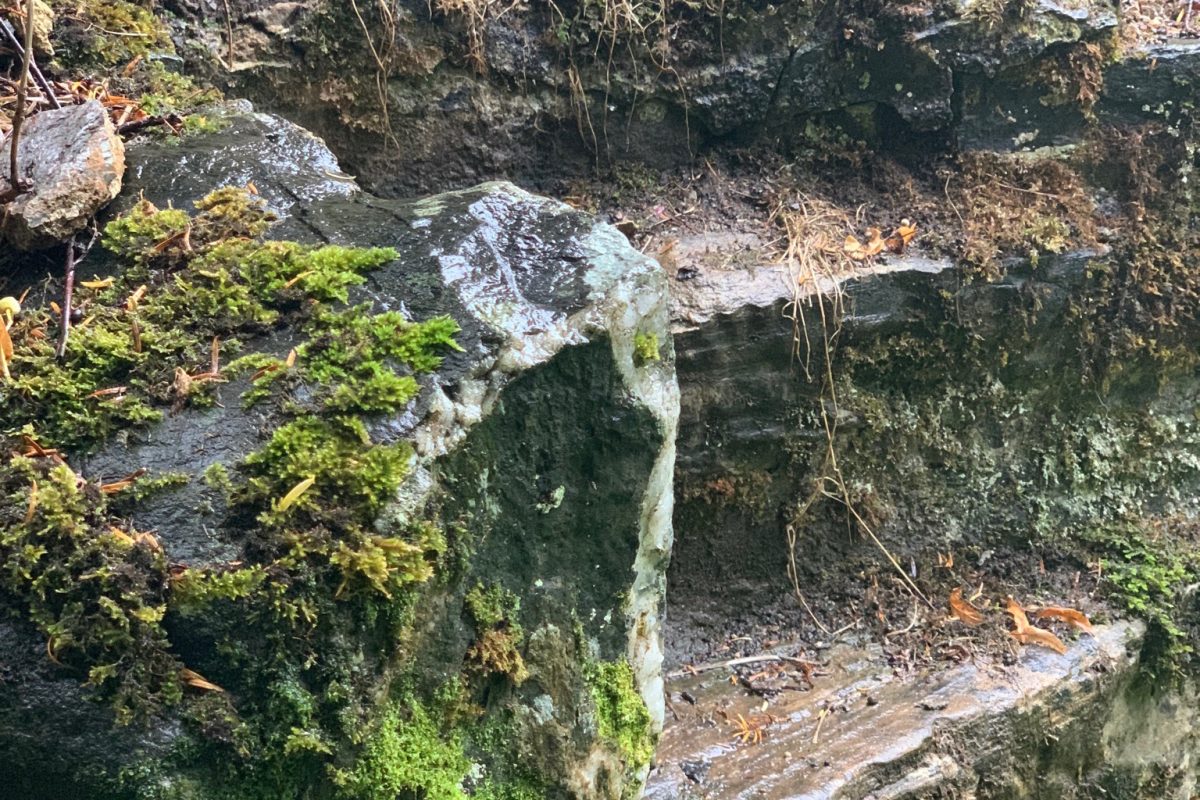
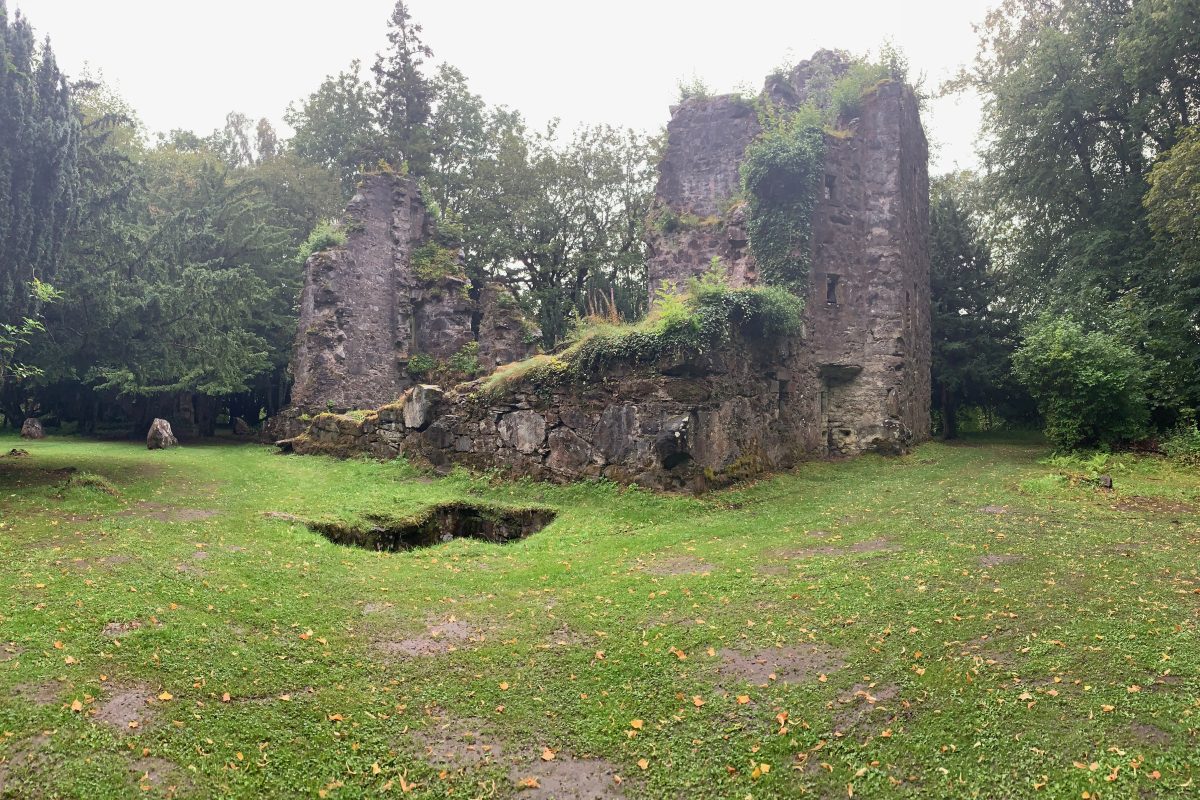
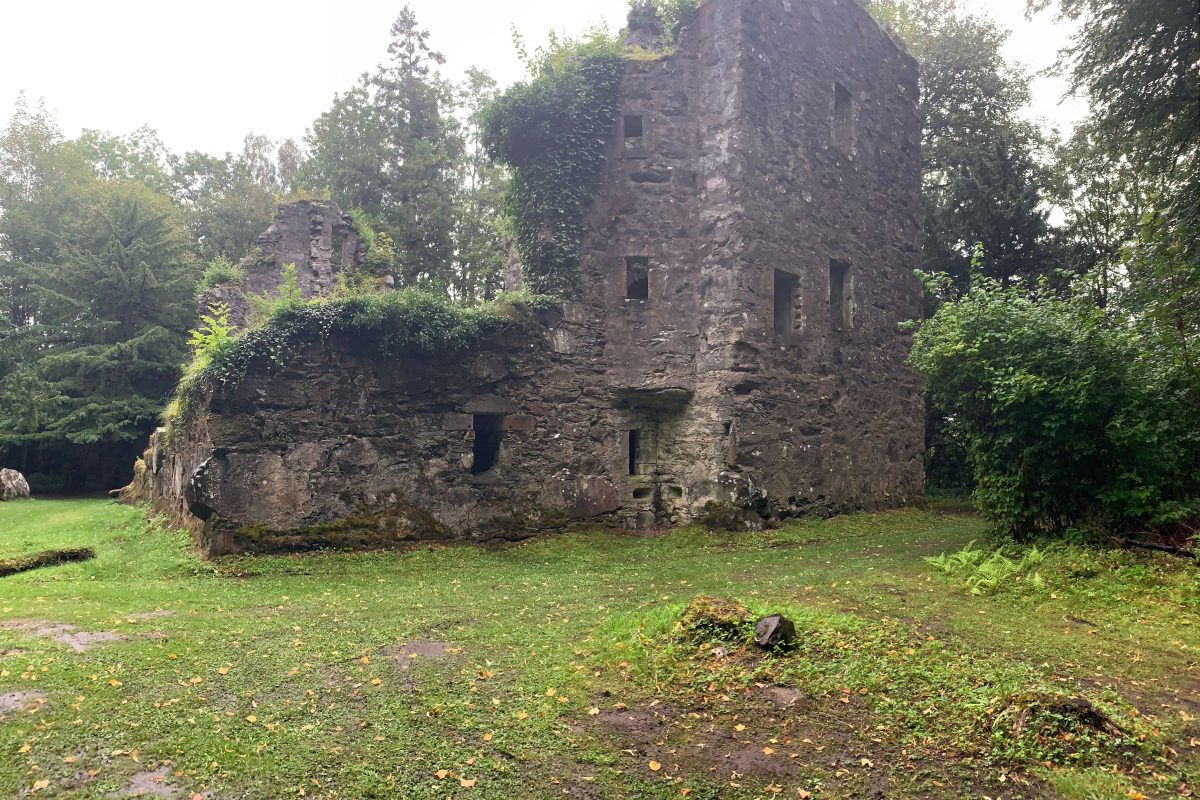
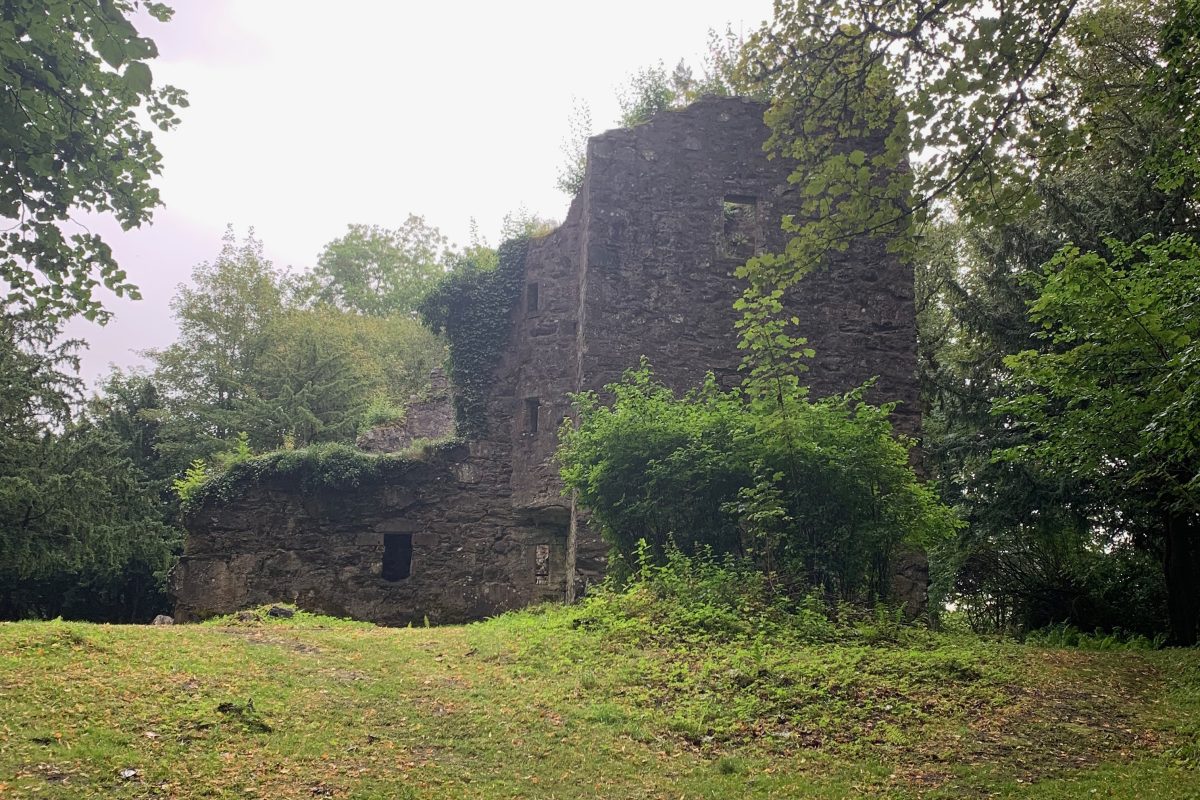
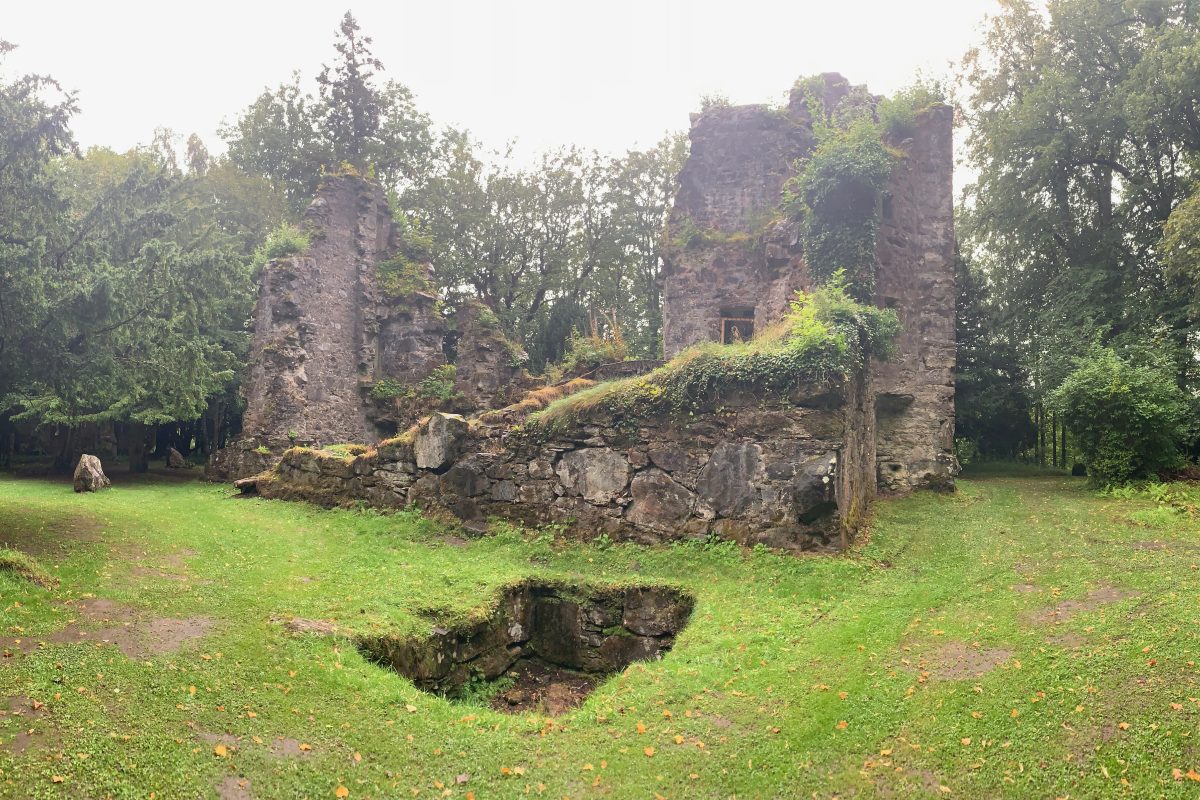
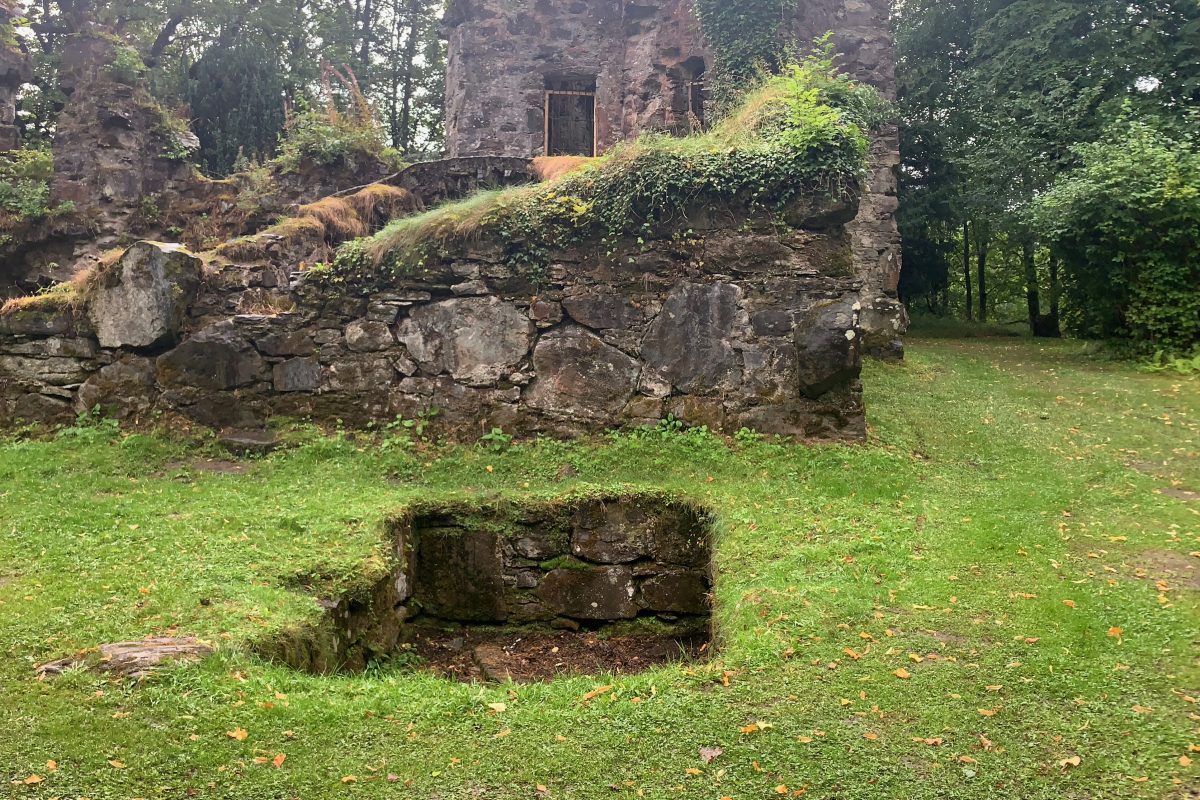
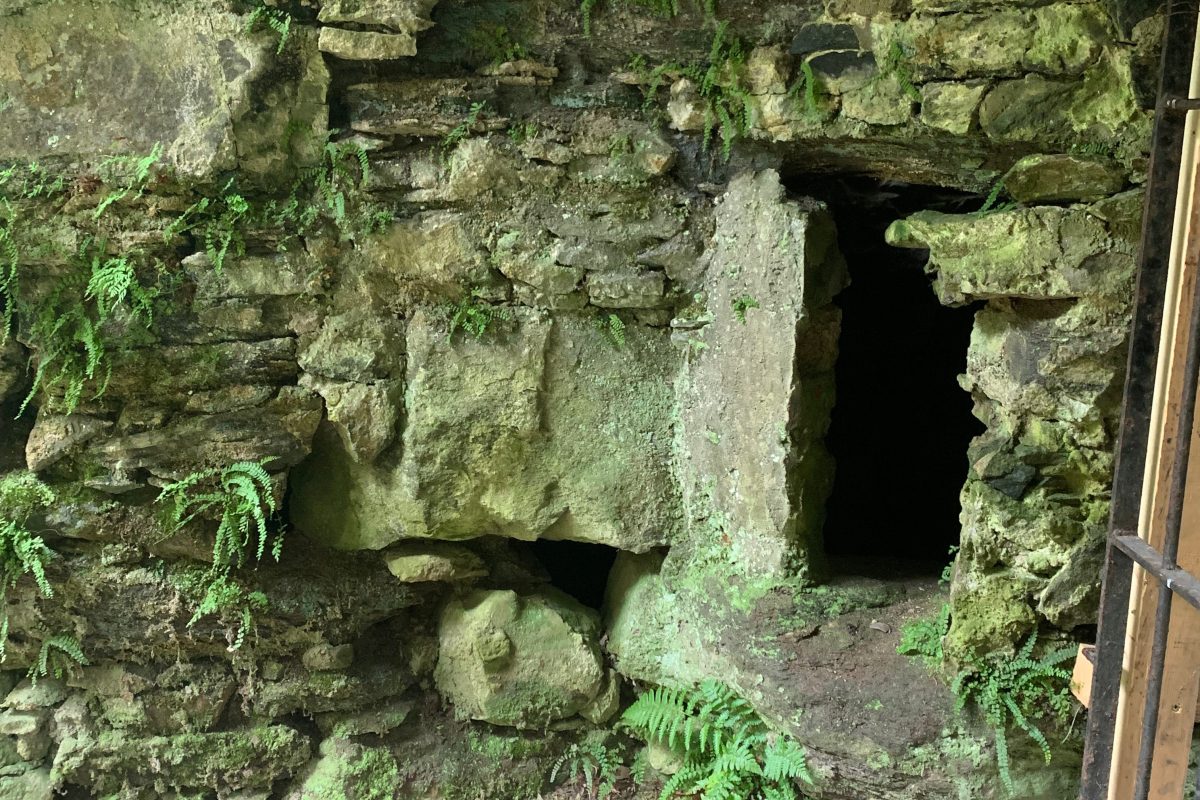
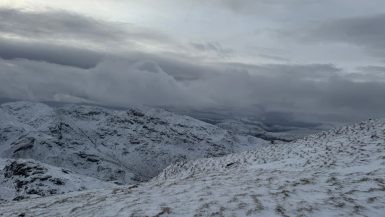
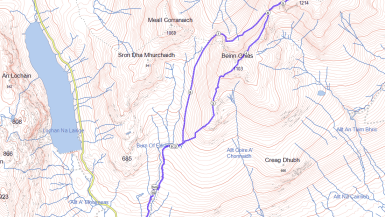
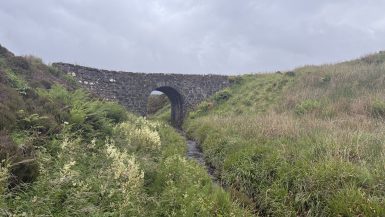
Leave a reply
You must be logged in to post a comment.